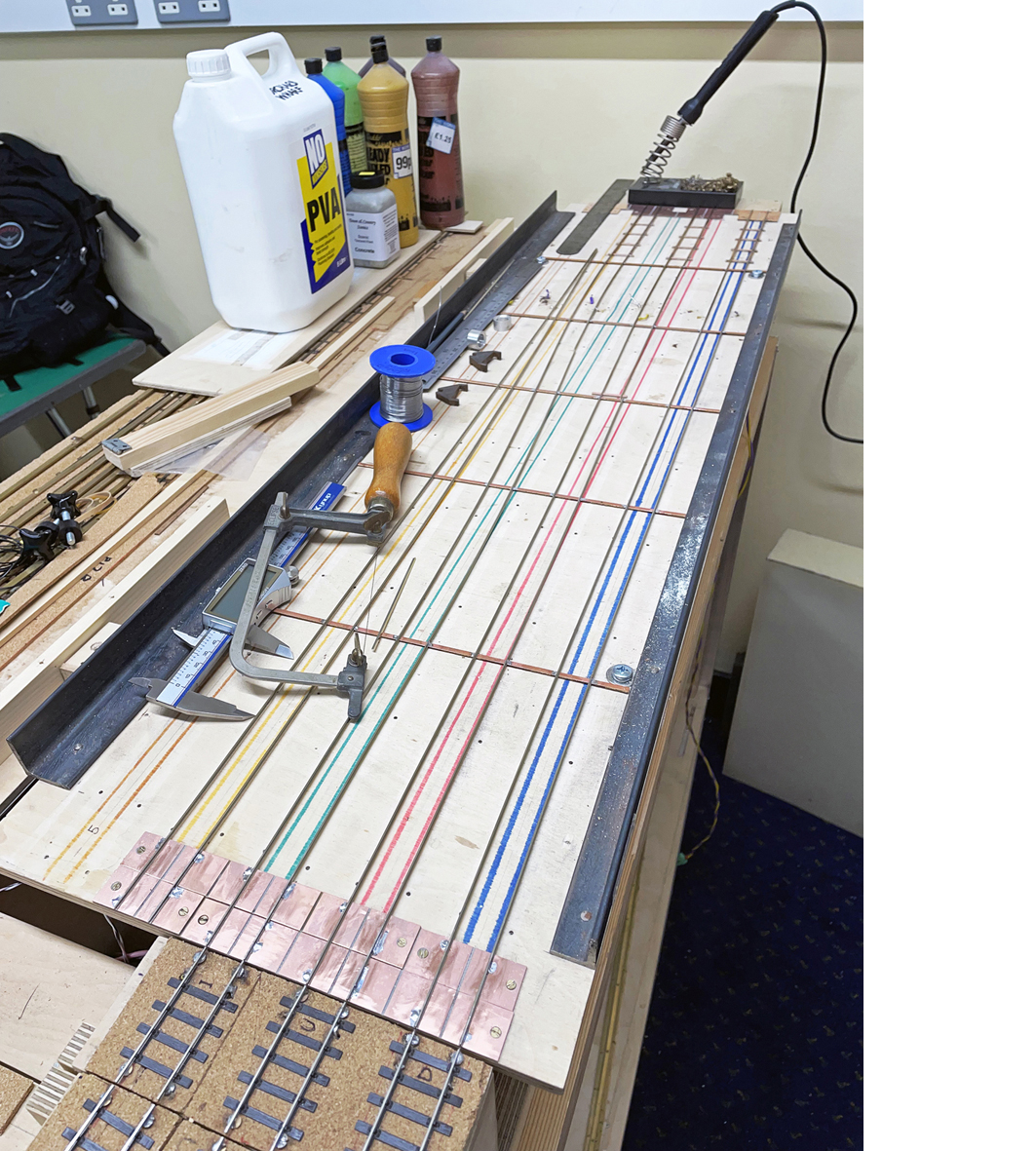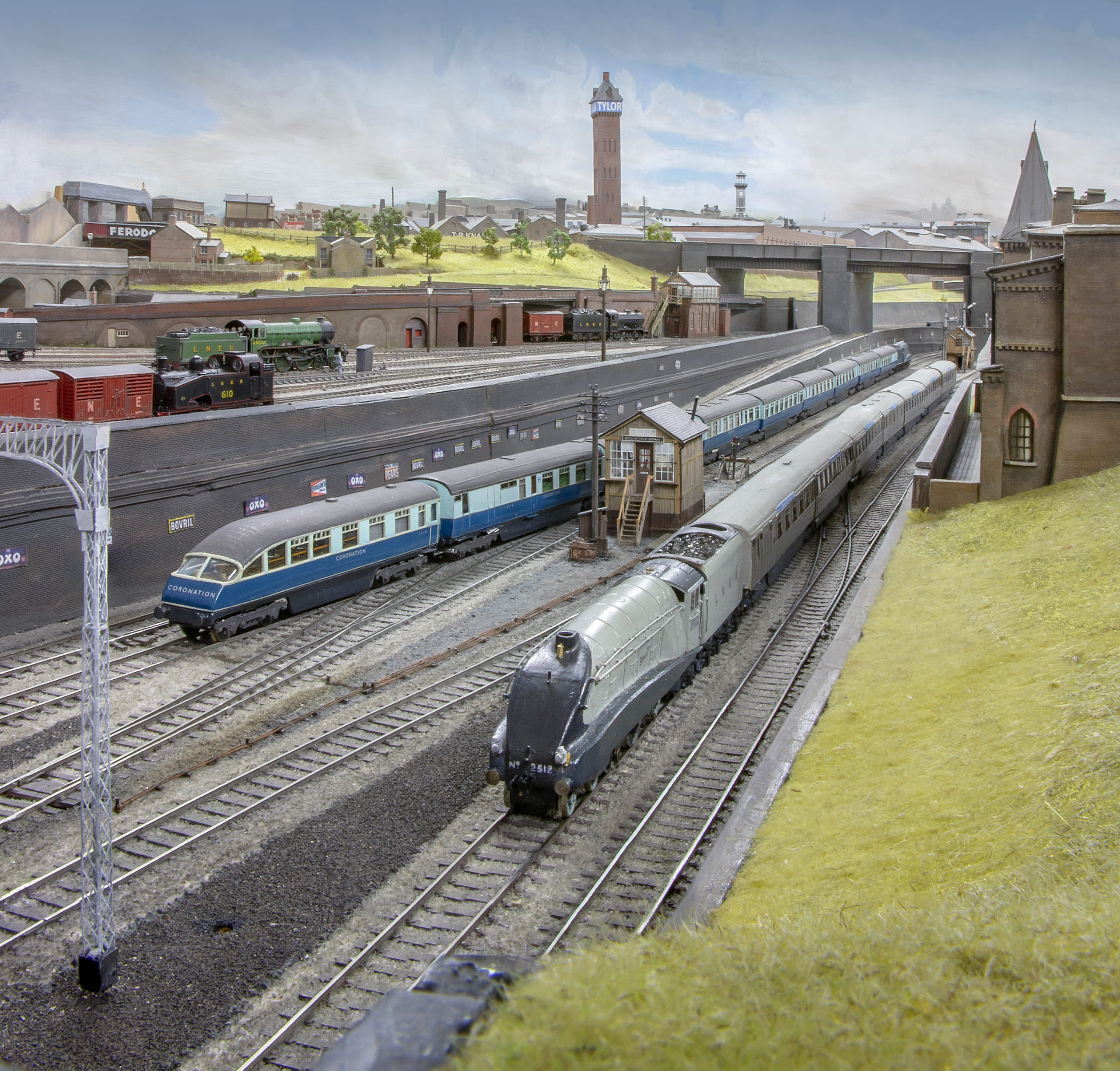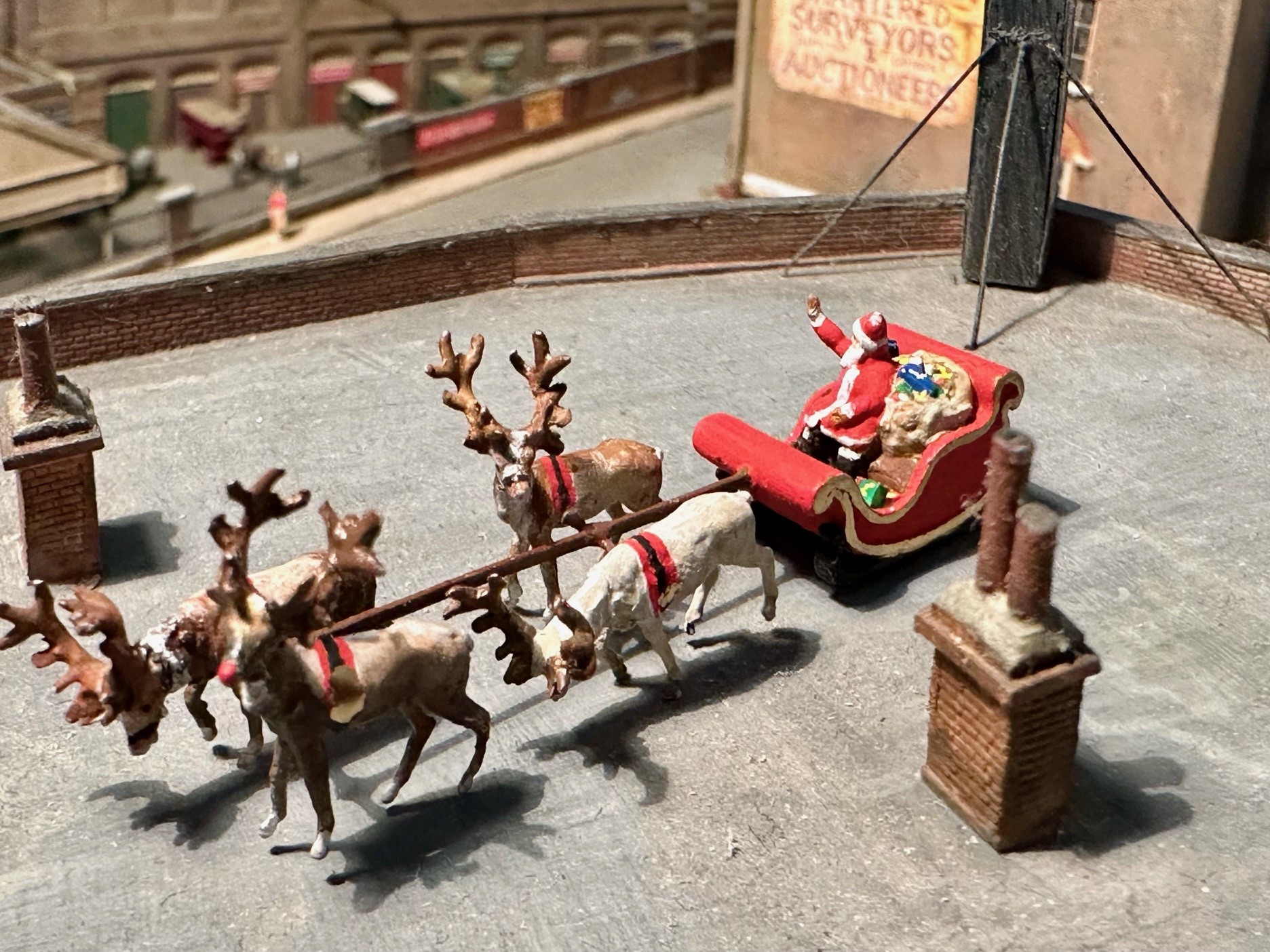Old Head
Tom Cunnington
6th December 2015
6 minutes
“Old Head – County Mayo” is Nestor Middleton’s entry into the MRC 2015 layout challenge.
The Location
The railway came to this remote little part of County Mayo when the Midland Great Western railway of Ireland opened its line to Westport in 1866. Not before long, a short extension was opened to Westport Quay in 1875. Another branch left the line at Westport station that ran up the Atlantic coast to Achill. This line opened in 1895 but closed in 1937. The extension to Westport closed in April 1977. The route of the Quay extension and most of the Achill branch are now both cycle paths. As an aside, I can strongly recommend visiting the area as it is one of the most beautiful parts of the British Isles in my opinion.
The diorama displayed is based on fiction but in a real setting. The model extends from an idea I have been playing around with for quite some time of another branch from Westport. This line would have opened around the same time as the Achill branch and would have run westwards towards the village of Louisburgh and Roonagh Pier. The primary purpose of the line would have been to connect to the very rural outposts and farmland surrounding Louisburgh and to connect with the small ferries from Roonagh pier to the islands of Inishturk and Claire. This line, like the Achill branch would have closed towards the latter half of the 1930s.
The Model
My model depicts the end of a long forgotten freight siding to the small pier and beach at Old Head. This lies about a mile away from Louisburgh and the siding would have left the ‘main’ line accordingly. You might notice that although this model is built in 4mm the track looks terribly wide, even for P4 track. This is due to the different gauge used in Ireland. The MGWR was built to what is now called Irish Broad Gauge. This places the rails at a gauge of 5foot 3in which translates to 21mm in 4mm.
My original intention was to build quite a bit more of the line; however, a British P4 project took priority. I may return to the Irish scheme one day, as the Irish railways are unique in many ways. I have tried to capture a certain atmosphere that I have always related to this part of Ireland, that being one of a laid-back nature. I have spent a lot of time round this area due to a family connection. The whole area that lies around the road that runs from Westport right down to the coast at Silver Strand has always filled me nostalgia and a certain feeling of relaxation. It takes in some of my favourite bits of countryside I have ever come across. From the small village of Louisburgh to the remoteness of my grandparents house in Devlin North. Long, predominately empty, sandy beaches, small beaches, isolated cottages and sheep dominate the coastline. I have tried to capture just a tiny bit of that atmosphere in this model through the use of as many different shades of green as possible (it is called the emerald isle after all…) and I hope I have been successful in this.
If I were to extend the model, it would probably involve a model of the imagined station at Louisburgh or perhaps the terminus at the tiny harbour of Roonagh Pier. We shall see…
Detailing track
My interest in light and/or rundown railways has meant I have had to develop a way of representing overgrown and poorly looked after track. These methods describe a few things that I have done to some degree of success.
Ballasting
To get the feel of track that has seen better days, I mix in soot from our home’s fireplace with the usual ballast materials, available from any good model shop. This means you end up with ballast that is dirtier and less new looking. When using soot, it is also an idea to rub it over your sleepers as it darkens them as well, essentially the same as using weathering powders.
1) Take a bag of whatever ballast you use and add fireplace soot
2) Hold the top of the bag shut in your hand and shake well. This allows the soot to mix in more evenly with the ballast
3) Using a small sieve spread the ballast over the track. Use your finger to make sure it sits between the sleepers and doesn’t gather on top. A small paint brush will work as well
4) Apply a 50/50 mixture of PVA glue and water with just a drop of washing up liquid over all the ballast
5) Leave to dry for about 12 hours
Painting
Only a brand new railway will be as shining as the silver rails most of us use to model. It is therefore important to get the colour right. I have used humbrel matt no.113 which produces a suitable rust colour in my eyes. Remember as well that the colour will be different anywhere locomotives stop for extended periods of time. A lot more ash will collect around these areas so a much darker will be required.
1) Dab a small brush in the paint and then immediately dip into thinners.
2) Doing small sections at a time, paint the sides of the rails
3) Try to avoid painting the tops of the rails as this is the section that comes into contact with the wheels of trains and is thus much cleaner
4) Continue until you are satisfied
Grass
This is limited to light railways and stations close to closing down. Light railways where often less looked after than their mainline counterparts. This meant that, especially in goods yards, a lot of grass was allowed to grow pretty freely near the track. Many narrow gauge railways had a similar aesthetic so this method can be used on models of the kind as well. Where static grass is concerned, I do not use any of the applicators available as I am trying to create grass that looks pretty dead and clumpy. Colours will be more yellow round railways as, going by the photos I have seen, the grass closer to railways tends to appear less alive than that in fields and such like.
Method for main running lines
1) Dab small amounts of PVA at various intervals between the sleepers. Only a small amount is required
2) Take small pinches of static grass and apply to the PVA.
3) Repeat for the sides of the track
4) Remember, these areas will not have nearly as much others so only small clumps here and there are required
Method for sidings and goods yards
1) For sidings, same as above but in much greater quantities. You almost want to hide the sleepers either side of the rails.
2) In between the rails, again the same as above but in greater quantities. Avoid covering the sleepers as the grass will only grow in between these, not on them. A small brush or toothpick will do to apply the PVA
Teddy Bear Fur for Grass
I make no claims to being the first person to use this material for making grass for model landscapes/railways. However, I figured it would be an idea to perhaps make note of how I go about using it.
1) Trim the hairs to a reasonable length. You need to think about the scale you are working in as well time of year, type of grass (field, embankment, wild etc) as these all have an effect on the length.
2) Spray paint a suitable colour. Same considerations have to be made as above. I have made mine to represent a rather untamed series of fields in the 1930s during the high summer. I sprayed mine with a green called off-mustard (?). This is a very light green. You don’t want to go too thick with the green either as it may end up looking a little nuclear. I sprayed mine enough to cover the whole piece of fur but also to let some of the brown of the fur show through.
3) Cut to size. A normal sharp pair of scissors should be enough to get through the netting.
4) Stick down. I treat mine like a home-made grassmat. All that is needed is a bit of PVA/wood glue on the surface that you wish to apply the fur then stick down back first.
5) Detail. At this stage I normally give the fur a small scatter of other scatter materials and static grasses. This gives the effect of grass that is somewhat untamed. It also gives a mix of greens. You don’t want to cover the fur, just add a little too it.
6) The edges can be covered with hedges, walls, or more grass.
I hope this is of some use to anyone looking trying something a little different for modelling grass. Fur is not a cheap material so I have used it in conjunction with other materials as I am not a bank…
Thursday Track Nights
We are open on Thursday evenings from 7pm to 9pm at our Keen House clubrooms. Visitors are welcome, please come along and introduce yourself.
Address:
Keen House, 4 Calshot Street, London, N1 9DA
Become a member



